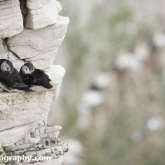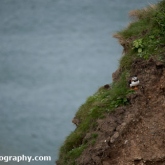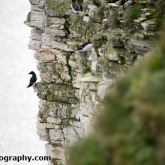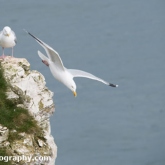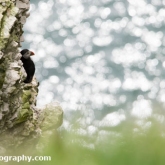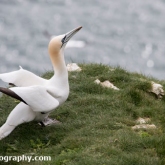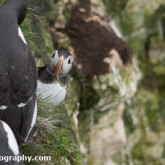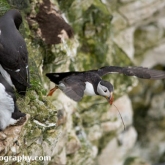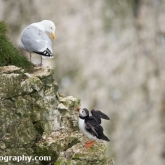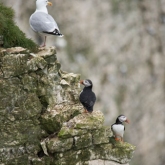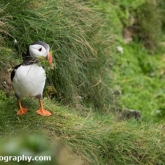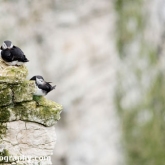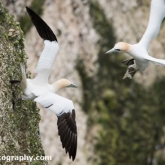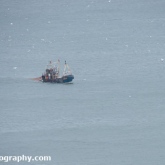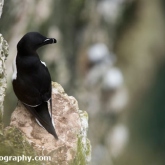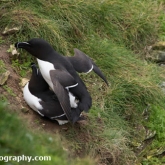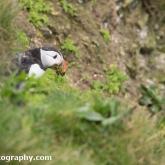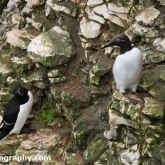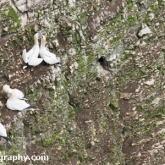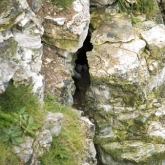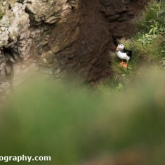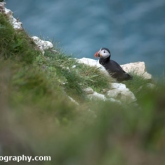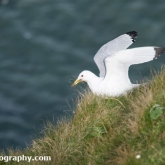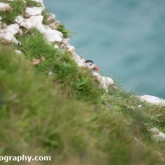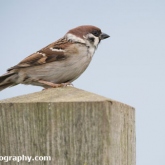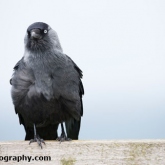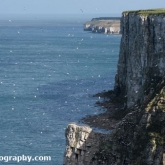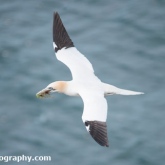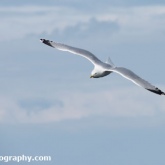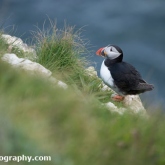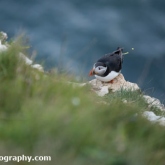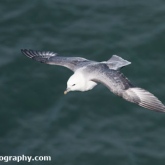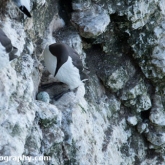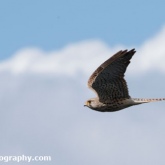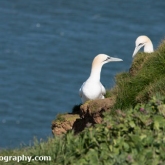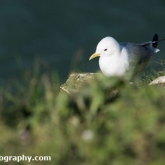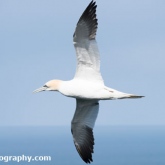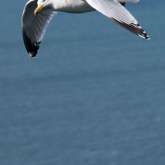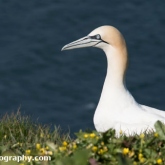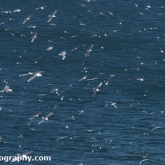My second day at the coast was spent at RSPB Radipole. I had seen online the locations where certain species had been seen on site so I had an idea of where I wanted to go. I headed out towards the new screen. Having never been to Radipole before I was a little puzzled by the number of people with shopping bags – it all became clear when I realised there is a housing estate on the other side; what a lovely route to walk into town. It was an overcast day and I soon realised on arrival at the screen that I should have been better prepared and worn more layers! The wind was blowing in the right direction to come straight through the viewing slats!
The Marsh Harriers were active, with three riding the thermals at one point. They didn’t come over the screen on this occasion, staying on the far end of the site, it was lovely to see them gliding gracefully across the sky, I kept thinking about the houses that look over the site wondering if the people there stop to watch. There were a couple of Little Egret and a Grey Heron who were constantly moving around feeding in front of the screen.
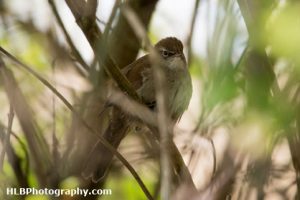
I finally saw a Cetti’s Warbler, I had been hearing them all day but they are so difficult to locate. I saw something fly into the base of a bush, I got down to its level and could just see it though the twigs and leaves. It isn’t a great photo, but it is the first one I’ve actually seen! I would have thought there must be about 15 on site.
When visiting an RSPB site I always have lunch in their Café, that most of the sites have, I think it’s a great way to help fund the charity and also help local suppliers; they always use local produce where possible. The food, drinks and especially cakes are always of a superb standard ☺
It was sad to see that the Mute Swan next to the Discovery Centre no longer had eggs, there was a Mallard sat on the nest when I was there. I don’t know why they were gone but I did hear someone say it could have been rats and later during the afternoon I saw a Brown Rat so I guess that could explain it. I liked seeing the Hooded Merganser trying to take control of the waters and chasing the Tufted Ducks at every turn. He has now been living there for 10 years, he obviously found a good home when he flew off course all that time ago.
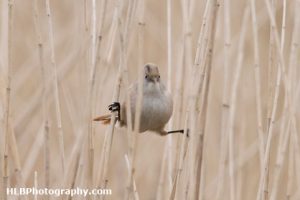
Late afternoon I headed to the concrete bridge to watch the Swallows over the reeds. I saw something out of the corner of my eye, got the camera lined up, took one shot and it was gone – it was a Bearded Tit! Unfortunately it had a reed in front of it but I am still please with the shot, it’s the first picture I have managed to get of one actually in reeds! RSPB Leighton Moss is a great place to take pictures of them on the grit trays. The Swallows were not so easy to get a shot of!
My full sightings list:
Birds: Gadwall, Canada geese, Marsh Harrier, Moorhen, Swallows, Grey Heron, Little Egret, Mallard, Coot, Teal, Magpie, Great Tit, Cetti’s Warbler, Carrion Crow, Tufted Ducks, Herring Gull, Lesser Black-backed Gull, Great-crested Grebe, Dunnock, Bearded Tit, Hooded Merganser, Blackbird
Mammals: Brown Rat
Butterflies: Speckled Wood

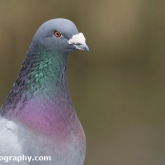
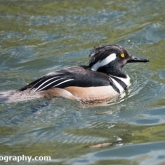
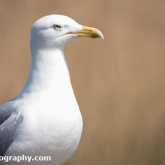
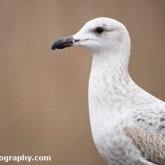
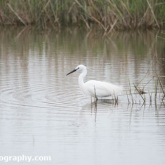
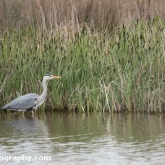
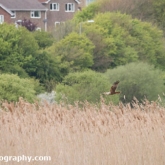
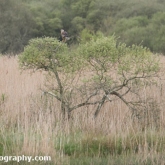
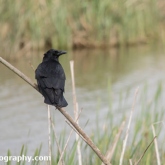
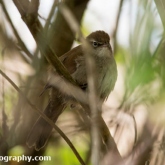
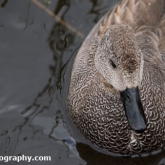
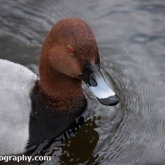
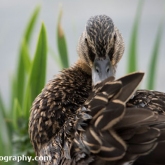
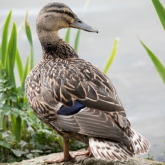
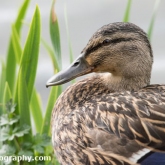
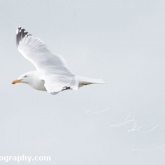
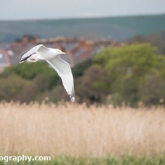
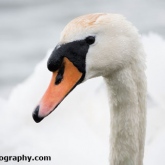
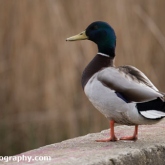
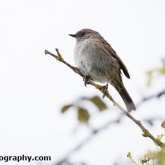
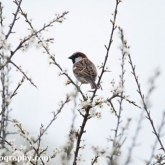
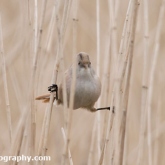
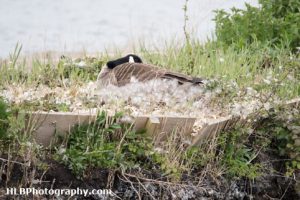
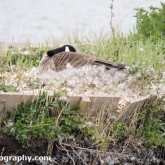
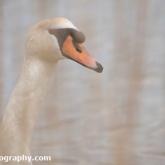
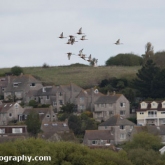
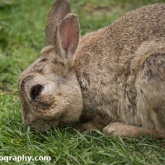
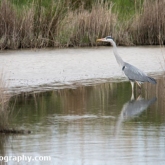
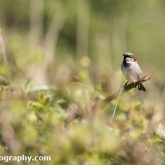
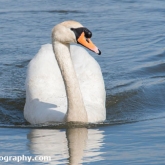
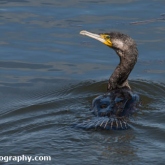
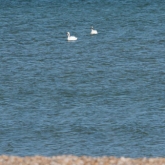
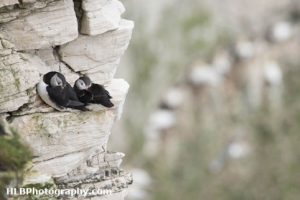 Day 1 – I arrived at
Day 1 – I arrived at 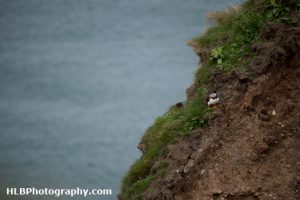 After booking into the campsite I took a walk along the cliff top from the site. I didn’t get too far as there had been a fairly recent landslide and I wasn’t 100% confident about carrying on! I did however see a Puffin 🙂
After booking into the campsite I took a walk along the cliff top from the site. I didn’t get too far as there had been a fairly recent landslide and I wasn’t 100% confident about carrying on! I did however see a Puffin 🙂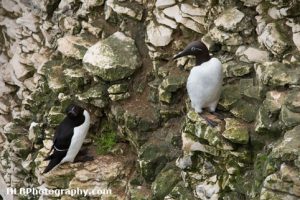 A nice man pointed out to me that there was a Bridled Guillemot just along the cliff, I thanked him and went to look for it. I wasn’t entirely sure what a Bridled Guillemot was but he had told me that it had the white marking on its face, like it was wearing glasses. Guillemots all have this marking though most are black, Bridled shows up as white.
A nice man pointed out to me that there was a Bridled Guillemot just along the cliff, I thanked him and went to look for it. I wasn’t entirely sure what a Bridled Guillemot was but he had told me that it had the white marking on its face, like it was wearing glasses. Guillemots all have this marking though most are black, Bridled shows up as white.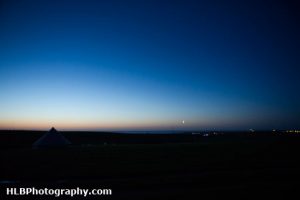 Day 3 – One great thing about camping is waking in the middle of the night and seeing the sunrise.
Day 3 – One great thing about camping is waking in the middle of the night and seeing the sunrise.